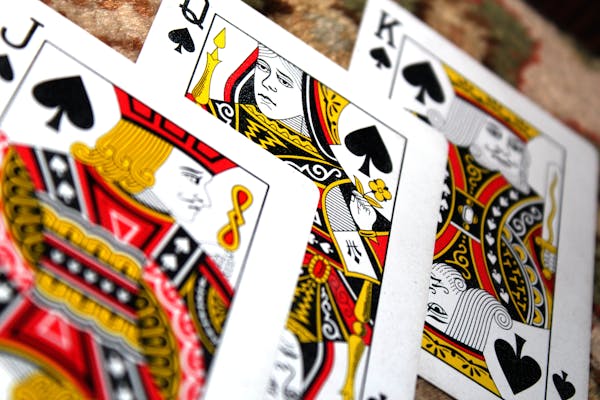nbsp;
festival flags are a eye-popping and whole element of celebrations around the earthly concern, encapsulating a kaleidoscope of taste symbols, the festal inspirit, and deep-rooted traditions. These flags, often jewelled with work out designs and vibrant colours, suffice as right visual representations of the joy, unity, and heritage of the festivals they beautify. They not only heighten the visible appeal of these events but also unfathomed sign meanings, reflecting the values, beliefs, and histories of the communities that observe them.
In the Highlands of Tibet, the Losar fete, which Marks the Tibetan New Year, is a prime example of the discernment meaning of fete flags. Homes and populace spaces are bespangled with prayer flags known as quot;Lungta, quot; or quot;wind sawbuck. quot; These flags are believed to carry prayers and mantras on the wind, spread peace, compassion, potency, and wisdom. Each distort of the flag corresponds to one of the five : blue for the sky, whiten for air, red for fire, putting green for water, and yellowness for earth. The flutter of these flags in the breeze is a poignant monitor of the interconnectedness of all things and the Negro spiritual of the fete.

In Japan, the celebration of Children 39;s Day on May 5th is noticeable by the display of Koinobori flags, which are shaped like carp. These windsocks typify effectiveness, courage, and persistence, qualities associated with the koi fish, known for its power to swim upriver against warm currents. Each flag represents a phallus of the family, with the largest one symbolizing the sire, followed by little ones for the fuss and children. The sight of these sporty carp-shaped flags swaying in the wind is a festal expression of kindred love and the aspirations for the health and happiness of children.
India 39;s festival of Makar Sankranti, which heralds the passage of the sun into the zodiac sign of Capricorn, is historied with the spirited custom of kite flight. The sky comes sensitive with an range of picturesque kites in various shapes and sizes, symbolising the ascent of the sun and the dispelling of . This rehearse is not only a form of solemnization but also a way to observ the sun god and seek blessings for a bountiful harvest. The spectacle of kites dotting the sky epitomizes the joy, hope, and spirit that define this festival.
In Brazil, the Festa Junina, or June Festival, features the presence of flamboyant flags known as quot;bandeirinhas. quot; These flags are strung across streets, squares, and homes, adding to the merry ambience. The festival, which celebrates rural life and the commencement of the glean mollify, is defined by orthodox medicine, trip the light fantastic toe, and food. The bandeirinhas, often made from paper or fabric, boast brightly colors and patterns that shine the lively nature of the celebrations. They suffice as a seeable cue for the to come together and partake in the happy festivities.
Similarly, in Thailand, the Loy Krathong fete showcases lanterns and flags that illume the Night sky. Celebrated on the full moon night of the twelfth part lunar month, this festival involves natation lanterns on rivers and emotional sky lanterns, symbolising the lease go of past misfortunes and the making of wishes for the time to come. The flags, often sessile to lanterns or used to decorate temples and homes, heighten the wizard standard pressure of the festival.

